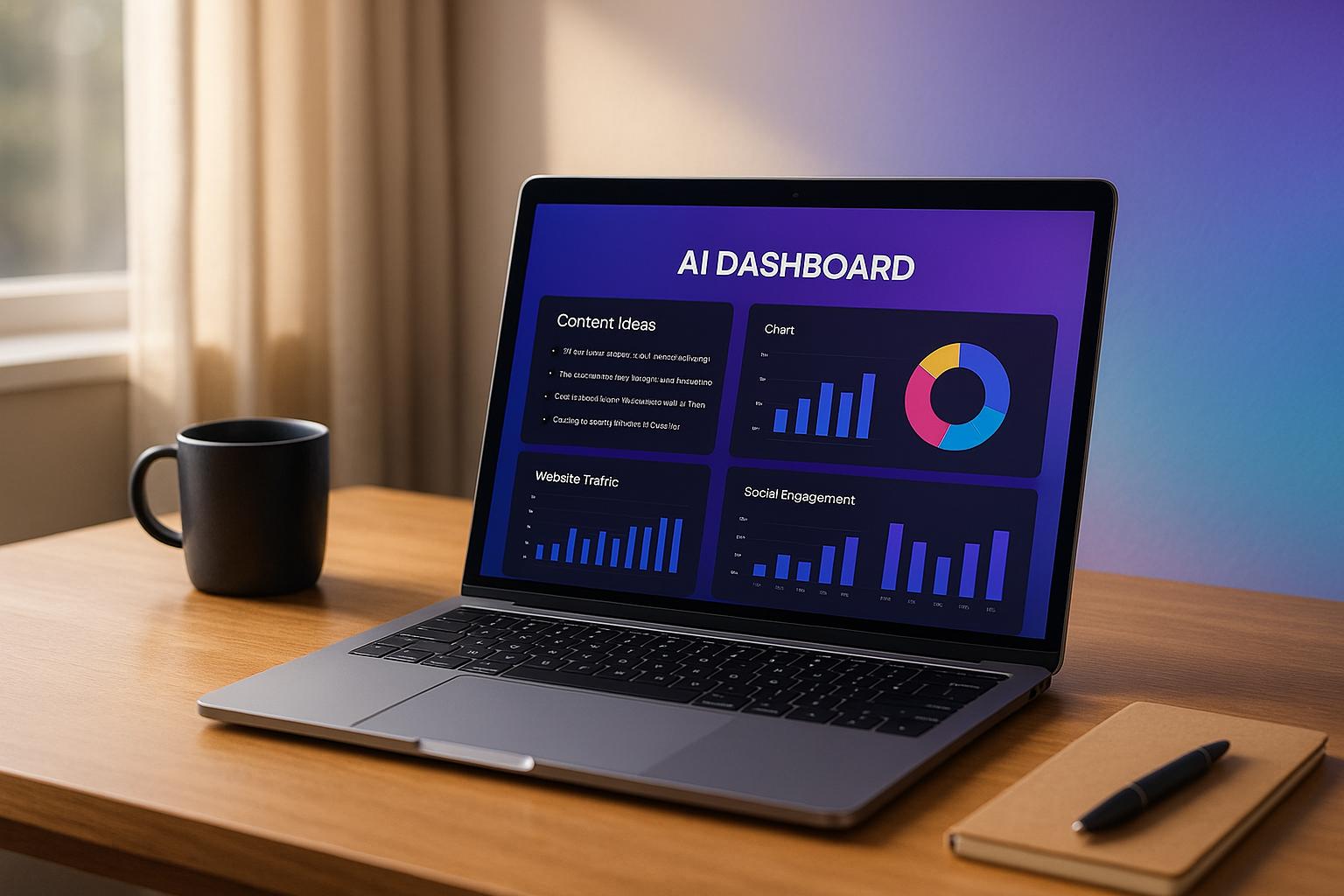Artificial intelligence (AI) is no longer the futuristic concept it once was - it's an invaluable tool for professionals in the digital marketing space. Yet, leveraging AI effectively requires more than just asking it to complete tasks. AI is like an enthusiastic but inexperienced intern: willing to help but often lacking the intuition to deliver precisely what you need without guidance. This is where context engineering comes into play - a technique that transforms AI into a reliable collaborator by teaching it to think and respond within the bounds you set.
This article explores the key strategies and practical tips shared by an AI expert and Stanford educator, focusing on how context engineering and related techniques can enhance productivity, creativity, and problem-solving in your marketing workflows.
Why AI Collaboration Matters for Digital Marketing Professionals
In a fast-paced industry driven by ROI, scalability, and staying ahead of competitors, digital marketers, agency owners, and consultants are increasingly turning to AI tools. These professionals require solutions that not only automate repetitive tasks but also align seamlessly with their brand identity and deliver consistent, high-quality results. By adopting white-label AI solutions, they can create resellable tools or integrate AI into client offerings, unlocking new revenue streams while maintaining control over branding and execution.
But here's the catch: AI doesn’t read minds. To maximize its potential, context matters - and understanding how to guide AI can mean the difference between mediocre output and transformative results.
What is Context Engineering?
Context engineering is essentially the evolution of prompt engineering, described as "prompt engineering on steroids." It involves providing AI with all the necessary details - tone, voice, objectives, and even examples - so it can produce outputs that are tailored and reliable. For example, instead of asking AI to "write me a sales email", you might say:
"Write me a sales email in line with the voice and brand guidelines I've uploaded, referencing specific product specifications and customer pain points discussed in this transcript."
By explicitly defining your expectations, you enable AI to deliver outputs closer to your vision.
Key Techniques to Enhance AI Collaboration
To make AI a true partner in your workflow, you need more than basic prompts. Below are transformative strategies shared in the video, along with actionable insights on how to implement them.
1. Chain-of-Thought Reasoning
Encourage AI to "think out loud" before providing its final output. This technique involves asking the model to walk through its thought process step-by-step. For example:
"Before you respond to my query, please walk me through your thought process step by step."
By doing so, you gain visibility into how the model arrived at its conclusion, allowing you to evaluate the assumptions baked into its response. This is especially useful for tasks like drafting emails, analyzing data, or crafting campaign strategies.
Why It Works:
AI generates outputs one word at a time, based on probabilities. When it "thinks aloud", it evaluates its reasoning, leading to more thoughtful and accurate results.
2. Few-Shot Prompting
AI is an incredible imitation engine, but by default, it imitates the vast (and often generic) internet. To guide its responses, provide it with examples of desired outputs. For instance, if crafting a sales email, upload 3-5 of your best-performing emails as examples.
Pro Tip:
Include both good and bad examples. You can even ask the AI to create a bad example for you, along with an explanation of why it’s suboptimal. This contrast sharpens its understanding of what you’re aiming for.
3. Reverse Prompting
AI doesn’t know what it doesn’t know. If you fail to provide information, it will make educated guesses, which can lead to inaccurate or irrelevant outputs. Reverse prompting flips the script by asking AI to identify gaps in the information you’ve provided and request clarification.
For example:
"Before you start, ask me for any additional information you need to deliver a top-quality response."
Result:
Instead of guessing sales figures or audience preferences, AI will ask for specifics, ensuring the final output is accurate and actionable.
4. Role Assignment
Assigning a role to AI is one of the simplest yet most effective ways to focus its responses. For example:
- "You are a professional communications expert."
- "Take on the mindset of Dale Carnegie."
- "Approach this as a data-driven marketer optimizing for conversions."
Each role activates specific knowledge pathways in the model, improving its ability to tailor content or advice to meet your needs.
5. Flight Simulation for Difficult Scenarios
One innovative use case for AI is role-playing challenging conversations. By creating "personality profiles" of the people you need to speak to, AI can simulate real-world interactions and provide feedback on your communication style. This approach is particularly helpful for negotiations, performance reviews, or difficult client discussions.
Example Workflow:
- Upload background information about the person you’re engaging with.
- Ask AI to role-play as that individual.
- After the simulation, request a transcript analysis and feedback on your performance.
This ensures you’re well-prepared and confident before the real interaction.
Humanizing AI Collaboration: A Mindset Shift
A recurring theme in the video is that the best AI users aren’t coders - they’re coaches. Much like managing a junior employee, working effectively with AI requires patience, clear instructions, and iterative refinement.
AI mirrors your approach:
- If you provide vague instructions, expect generic results.
- If you approach it as a partner, equipped with specific goals and clear context, the results will elevate your work.
Quote to Remember:
"AI is bad software but good people. Treat it like an eager, trainable intern, not a mind-reader."
Key Takeaways
- AI thrives on explicit instructions: Define tone, voice, and context clearly in your prompts.
- Use chain-of-thought reasoning: Ask AI to outline its thought process for better outputs.
- Provide examples: Few-shot prompting ensures AI produces results aligned with your expectations.
- Enable reverse prompting: Let AI ask questions to fill information gaps.
- Assign roles: Tailor AI’s focus by defining a specific persona or expertise to emulate.
- Simulate difficult conversations: Use AI to role-play challenging interactions and refine your communication skills.
- Iterate and refine: Treat AI as a collaborator and refine its outputs through feedback and adjustments.
By mastering these strategies, digital marketers and entrepreneurs can unlock AI’s full potential, driving creativity, efficiency, and ROI in ways that were previously unimaginable.
Final Thoughts
The digital marketing landscape is evolving rapidly, and staying competitive means embracing AI as more than just a tool - it’s a collaborator. Through techniques like context engineering, few-shot prompting, and role assignment, you can train AI to deliver results that are not only accurate but deeply aligned with your goals and brand identity.
As AI becomes more pervasive, the key differentiator for success won't be access to technology but the ability to collaborate with it effectively. The future of marketing belongs to professionals who can think critically, communicate clearly, and empower AI to amplify their creative and strategic vision.
Source: "Stanford's Practical Guide to 10x Your AI Productivity | Jeremy Utley" - EO, YouTube, Aug 27, 2025 - https://www.youtube.com/watch?v=yMOmmnjy3sE
Use: Embedded for reference. Brief quotes used for commentary/review.


